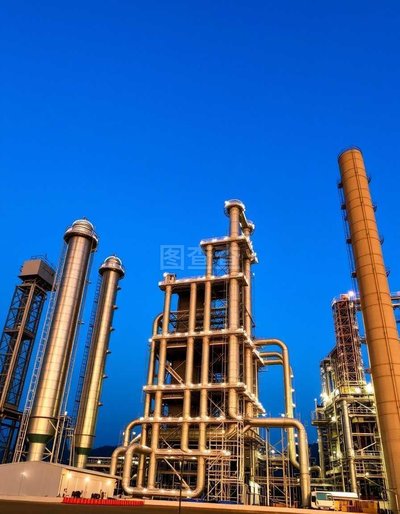
- English
- Español
- Português
- русский
- Français
- 日本語
- Deutsch
- tiếng Việt
- Italiano
- Nederlands
- ภาษาไทย
- Polski
- 한국어
- Svenska
- magyar
- Malay
- বাংলা ভাষার
- Dansk
- Suomi
- हिन्दी
- Pilipino
- Türkçe
- Gaeilge
- العربية
- Indonesia
- Norsk
- تمل
- český
- ελληνικά
- український
- Javanese
- فارسی
- தமிழ்
- తెలుగు
- नेपाली
- Burmese
- български
- ລາວ
- Latine
- Қазақша
- Euskal
- Azərbaycan
- Slovenský jazyk
- Македонски
- Lietuvos
- Eesti Keel
- Română
- Slovenski
How to promote the deveipoment of the Chemical industry?
2025-03-20
Here is an English article on the development of the chemical industry:
The Evolution and Future Prospects of the Chemical Industry
The chemical industry has been a cornerstone of global economic development, playing a pivotal role in shaping modern society. From the production of essential materials to the development of life-saving pharmaceuticals, the industry's contributions are vast and multifaceted. This article explores the historical evolution, current state, and future prospects of the chemical industry.
Historical Evolution Chemical industry
Chemical industry
The origins of the chemical industry can be traced back to the 19th century, with the advent of the Industrial Revolution. The development of synthetic dyes, fertilizers, and explosives marked the beginning of large-scale chemical production. The 20th century saw exponential growth, driven by advancements in petrochemicals, polymers, and pharmaceuticals. The industry became a key driver of economic growth, particularly in developed nations.
Current State
Today, the chemical industry is a global enterprise, with significant contributions to GDP and employment worldwide. It is characterized by a high degree of innovation, with research and development (R&D) playing a crucial role in driving progress. The industry is also facing increasing pressure to address environmental concerns, leading to a shift towards sustainable practices and green chemistry.
Key sectors within the industry include:
1. Basic Chemicals: Production of bulk chemicals like ethylene, propylene, and methanol.
2. Specialty Chemicals: Development of high-value products such as adhesives, coatings, and electronic chemicals.
3. Pharmaceuticals: Research, development, and manufacturing of drugs and biologics.
4. Agricultural Chemicals: Production of fertilizers, pesticides, and herbicides to support global food production.
Future Prospects
The future of the chemical industry is poised for transformation, influenced by several key trends:
1. Sustainability: There is a growing emphasis on reducing the environmental footprint of chemical production. This includes the adoption of renewable feedstocks, energy-efficient processes, and waste minimization techniques.
2. Digitalization: The integration of digital technologies, such as artificial intelligence (AI) and the Internet of Things (IoT), is revolutionizing operations, from supply chain management to predictive maintenance.
3. Circular Economy: The industry is moving towards a circular economy model, where waste is minimized, and materials are reused and recycled.
4. Biotechnology: Advances in biotechnology are enabling the development of bio-based chemicals and materials, offering sustainable alternatives to traditional petrochemicals.
5. Globalization: The chemical industry is becoming increasingly globalized, with emerging markets playing a more significant role in production and consumption.
Challenges and Opportunities
While the chemical industry faces challenges such as regulatory pressures, raw material volatility, and the need for continuous innovation, it also presents numerous opportunities. The demand for new materials, energy storage solutions, and healthcare products is expected to drive growth. Additionally, the industry's ability to adapt to changing consumer preferences and environmental regulations will be crucial for long-term success.
Conclusion
The chemical industry has come a long way since its inception, evolving into a complex and dynamic sector that is integral to modern life. As it navigates the challenges of the 21st century, the industry must embrace innovation, sustainability, and digitalization to ensure its continued growth and relevance. By doing so, it can contribute to a more sustainable and prosperous future for all.



